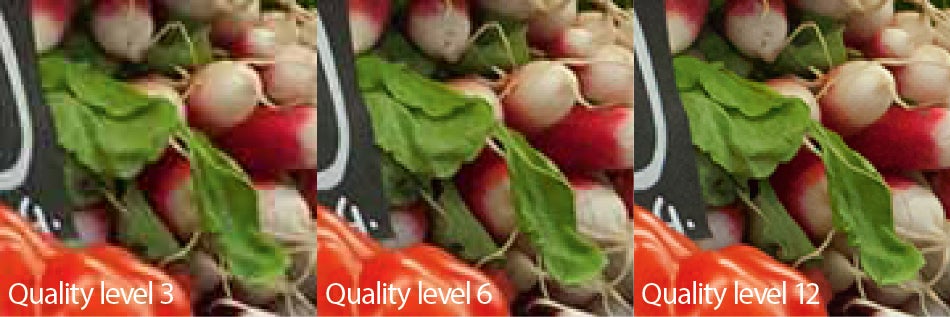In this article, we look at the JPEG file format, describing what it is for, and how it works
The JPEG is the product of a bunch of experts who call themselves the Joint Photographic Experts Group. It was introduced to the public in 1992 and, importantly, was established as an open-industry standard at just about the same time as the World Wide Web took off; the JPEG is am now regarded as one of its success factors. It’s the most widely used image file format, especially for photographic images, and with only a few notable exceptions most digital cameras produce JPEG images.
The JPEG’s success is thanks to both its standardisation and its ability to save precious storage space and make the transmission of image files over low-bandwidth connections efficient.
The JPEG is a compressed lossy image file format, which means that when you convert an image to JPEG, much of the original image data is discarded without making very obvious changes to the quality of the viewed image.
However, that image could be a small fraction of the original uncompressed image size. Beware, though, because if you edit a JPEG image and save it again, the image will lose some more data and you will start to see a reduction in image quality. Always keep an original copy of your image and, better still, employ a ‘non-destructive’ workflow using software that never alters precious original files.
Thanks to the use of discrete cosine transform (DCI) function mathematics, the JPEG works efficiently and fast.
It is also tuned to work with photographic imagery, so the way it discards unneeded image data is modelled on the way the human eye sees colour and detail. It’s also easy and simple to balance the compression rate with the image quality you need to preserve. It is so good they made a movie about the JPEG – well, a digital movie format based on it, called Motion JPEG (MJPEG). It also have a cousin called JPEG 2000, but that’s actually radically different to to a JPEG.





